Sheffield, The Mappin Art Gallery c.1965
Photo ref:
S108245


More about this scene
Sheffield in the Victorian period also saw a very large expansion of its housing stock not only to house the rapidly growing number of workers in the light and heavy steel industries but also to accommodate the growing clerical, managerial and professional population. Reference has already been made to the rapid expansion of Sheffield's east end - Brightside, Attercliffe and Darnall - to accommodate the tens of thousands of new workers in the heavy steel industry, but the old town was also increasingly surrounded by rows and rows of terraces in Pitsmoor and Hillsborough to the north, in Walkley and Crookes to the west, in Sharrow and Heeley to the south and Park Hill and Lowfield to the east. Before the 1860s, the housing expansion for the working classes was in the form of brick-built back-to-backs, usually built around a common yard or 'court' which contained a water pump and privies, with the houses facing the yard being reached from the street by a covered passage called in Sheffield a 'jennel'. By the time the building of back-to-back houses was banned by local by-laws in 1864, there were 38,000 in the town. In Sheffield's east end, housing was of a better quality than that around the pre 19th-century town because most of it was built after 1864. Here, terraces of larger 'by-law' housing with through ventilation were the typical residences of steel workers.
Add to Album
You must be signed in to save to an album
Sign inShare This Photo
Buy a Print
Unframed, Mounted, Framed and Canvas prints in a range of sizes and styles.
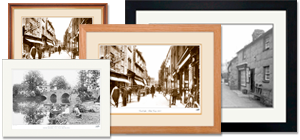
View Sizes & Prices
A Selection of Memories from Sheffield
For many years now, we've been inviting visitors to our website to add their own memories to share their experiences of life as it was, prompted by the photographs in our archive. Here are some from Sheffield
Sparked a Memory for you?
If this has sparked a memory, why not share it here?

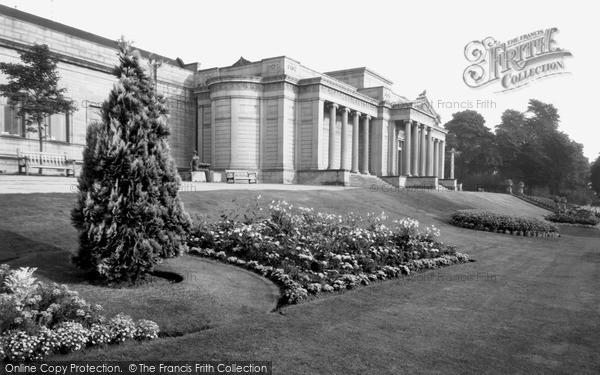
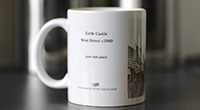
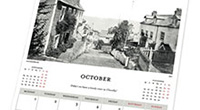
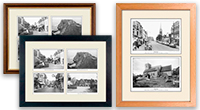
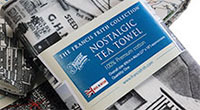


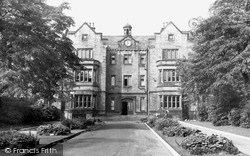
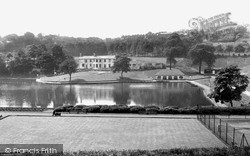
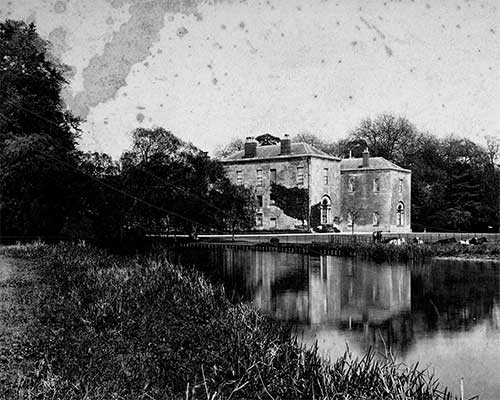 Before
Before
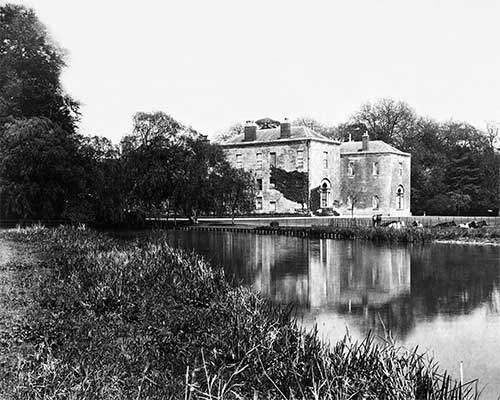 After
After